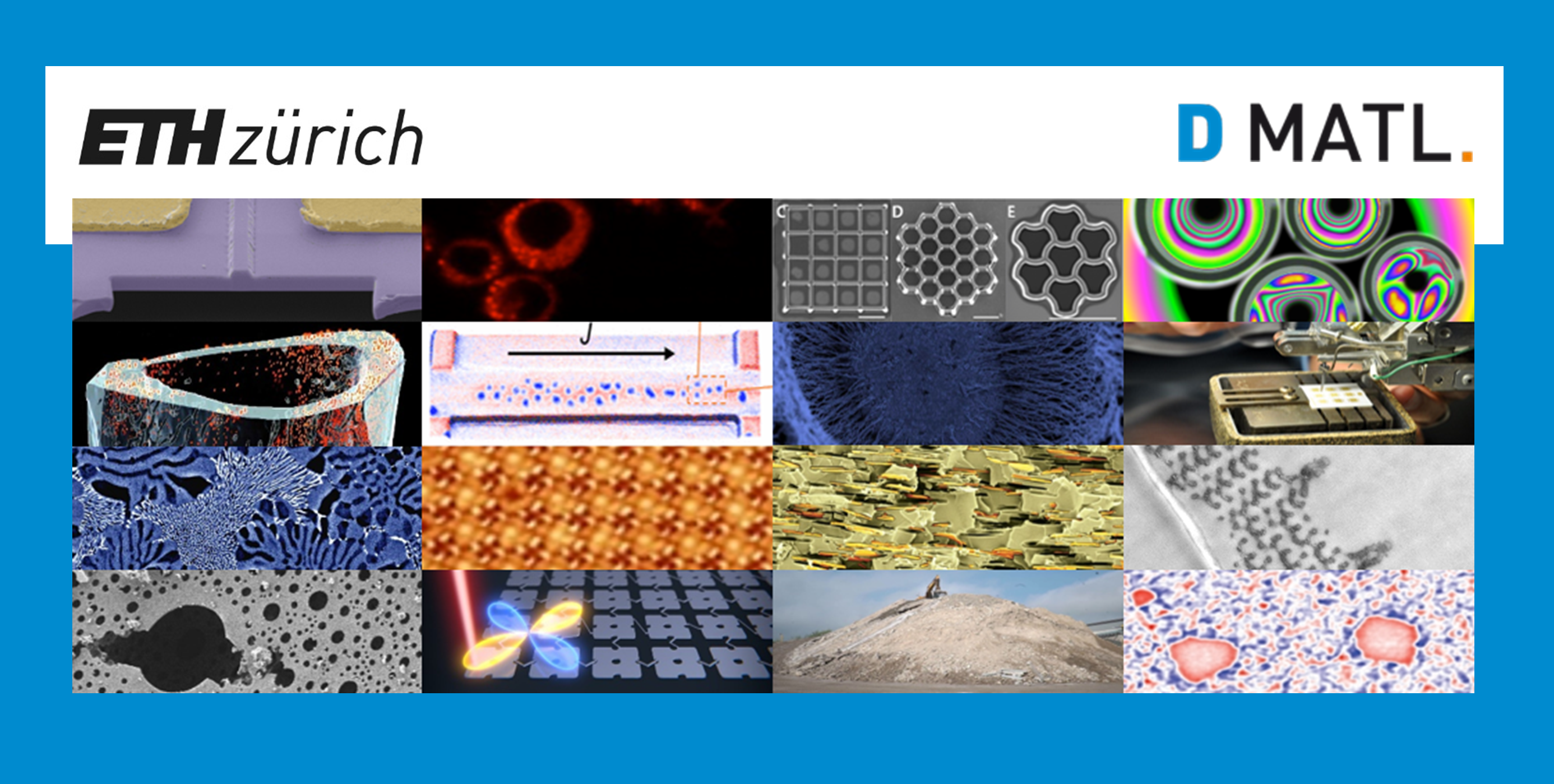Petr Novák (D-CHAB/PSI)
Li-ion batteries are to dominate the high-end rechargeable energy storage market for a foreseeable future. Research and development of commercially relevant electrode/electrolyte systems focus today strongly on extending the lifetime of the cells. Progress is however hampered by the lack of fundamental understanding of the underlying lifetime-limiting processes which will be the key to further improvements in energy density, safety, and life time of batteries. Our approach to answer the related scientific questions starts with the development of various advanced analytical methods. Then, the physical and electrochemical properties of battery materials and their electrochemical interfaces are investigated under in situ or operando conditions. Wherever possible, the combination of two methods in a single electrochemical cell is a highly promising approach.
In the talk, the basics of energy storage in batteries will be discussed first. Then an overview of the most promising characterization methods for battery materials and electrodes will be given. The techniques include Differential/Online Electrochemical Mass Spectrometry (DEMS/OEMS) which can detect qualitatively and quantitatively volatile reaction products that are evolved during cycling of an electrochemical cell. Spectroscopic techniques are established for investigations of surface related electrochemical processes. Operando Raman spectroscopy allows following the intercalation and deintercalation of lithium and other ions into/from battery active materials. For the bulk investigations, in contrast to XRD, neutrons are sensitive to lithium. Therefore, the combination of results from synchrotron based operando X-ray diffraction methods and operando neutron diffraction is essential for understanding the reactions of battery materials’ bulk.
